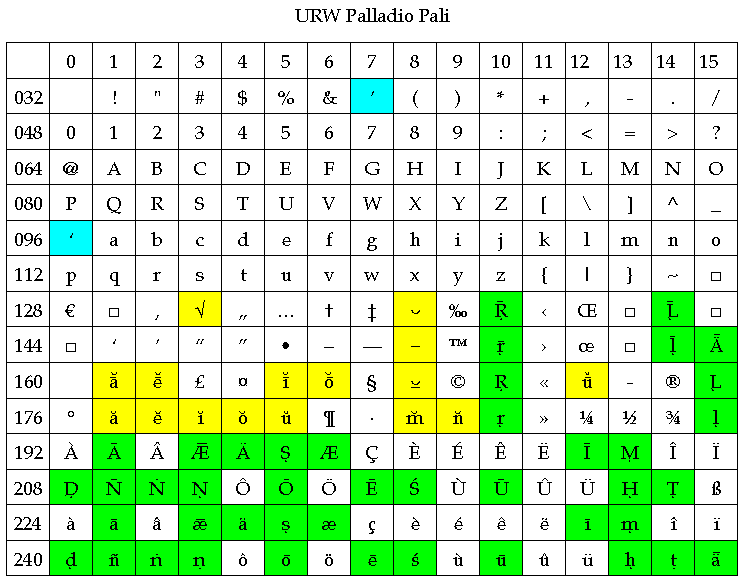
What is the prosody? ( Chanda-sattha)
• The combination of ‘Chanda’ and ‘Alaṅkara’ is called as prosody. It is called as ‘Chanda’ in Pāli and ‘Chandaṣ’ in Sanskrit.The term ‘Alaṅkara’ is common for both languages.
The meaning of prosody
• In general, ‘Chanda’ means - Poetical metre, Rhythm, Rythmus
• Alaṅkāra means –Beauty, Elegance ornament, Adornment , Bālāvatāra comments;
· Akkharaniyamo chandaṃ’= Chanda’ means the prescription of letters.
· The founder of the Prosody==The sage ‘Piṅgala’ is known as the founder of the prosody.
· Prosody in Pāli literature
In that period ven. Saṅgharakkhita composed both ‘Vuttodaya’ and ‘Subodhālaṅkara’ in order to provide some prosodic guidance. Indeed, they influenced from ‘Vṛttaratnāka’ and ‘Kāvyādarśa. Later there have composed two prosodic guidance texts known as ‘Kavisarapakaraṇa’ and ‘Kavisaratikanissaya’ but they are unknown.
· Content of Vuttodaya
- There are six chapters in Vuttodaya and they are,
1. Saññāparibhāsāniddesa 2. Mattāvuttiniddesa 3. Samavuttiniddesa
4. Aḍḍhasamavuttiniddesa 5. Visamavuttiniddesa 6. Chappaccayavibhāga.
• Eight metrical feet
• (Mattā – chanda: 5 )
• Ma -gaṇa / V V V / Molossus
• Na -gaṇa / - - - / Tribach
• Bha – gaṇa / V - - / Dactyl
• Ja – gaṇa / - V - / Amphibrach
• Sa – gaṇa / - - V / Anapeast
(Vaṇṇa – chanda= 3)
· Ya- gaṇa / - V V / Bacchic
• Ra – gaṇa / V – V / Cretic
• Ta – gaṇa / V V - / Antibacchic
• What is a stanza?
Combination of four quarters is called a stanza (Gāthā).= A quarter is called as Pāda.
The full stop is called as ‘Yati’ in prosody.= The full stop is marked in a suitable place.
• There are three kinds of stanzas according to their sameness of quarters.
• 1. Sama-pāda = Four quarters contain the same characters.
• 2. Aḍḍhasama-pāda= First quarter similar with third one and
Second quarter similar with fourth one
• 3. Visama-pāda= Four quarters contain different characters.
Salient features of ‘Ariyā’
- V V / - - - - / V V / - - V / V V / – V – / V - - / V (30) 2. - - V / V V / V V / V V / V V / - / V V / V (27)
1. There are thirty syllables (30) in first quarter.
2. There are twenty seven (27) syllables in second quarter.
3. There should be Nagaṇa or Jagaṇa in the sixth place.
4. There should be Guru (V) at the end of both quarters.
Patyā – Ariyā
• If there can be seen all characters of the first part of Ariyā
• And end of first parts after three Gaṇa of both halves it is called Patyā - Ariyā.
Vipulā Ariyā
If there the full stop after three feet and two syllables in first parts of both halves it is called Vipulā
Capalā – Ariyā
• If the second and fourth ‘Jagana/s’ covers with ‘Guru’ it is called ‘Capalā’.
• 1 2- Ja 3 4 -Ja 5 6 7
• - - V / – v – / V V / – V – / V - - / - V - / - V
Category of Vetāli
• Salient characteristics of Vetāli are,
• Six syllables from beginning in 1st and 3rd quarters.
• Eight syllables from beginning in 2nd and 4th quarters.
• After that Ragaṇa, Laghu and Guru in every quarters.
6 Ra
• 1. - - V - -, V – V / – / V
8 Ra
• 2. - V V - - -, V – V / - / V
Alaṅkāra
(Elegance Expression)
(Elegance Expression)
Subodhālaṅkāra
• Subodhālaṅkāra is the work composed to explain the elegance expressions (Alaṅkāra) in Pāli poetry.
• The author of this work is venerable Saṅgharakkhita who composed ‘Vuttodaya’ as a Pāli prosodic work.
In accordance with Subodhālaṅkāra there had been two other works mentioned as ‘Rāma’ and ‘Samma’ before this work.
• It is evident that this work has influenced with ‘Kāvyadarśa’ of Daṇḍdin.
• This work consists the following chapters;
• 1st chapter – Dosāvabodha- (understanding the errors).
• 2nd chapter – Dosapariharāvabodha – (understanding how to remove the errors).
• 3rd chapter – Gunāvabodha – (understanding the elegance expressions).
• 4th chapter – Atthālaṅkāra – (how to adorn the meanings of a work).
• 5th chapter – Bhāvāvabodha – (how to make gestures).
Variety of the works
• Subodhālaṅkāra mentions a Pāli work as ‘Bandho’.
• It can be seen in three ways.
• 1. ‘Pajja’ – work in prose metrical composition.
• 2. ‘Gajja’ – composition in sentence.
• 3. Vimissa – combination of metrical and sentence.
• Ex; 1. Dāṭhāvaṃsa, Jinacarita, Samantakūṭavaṇṇanā etc.
Mahākabba (The body of a Great Poem)
There are few characteristics of a great poem.
• i. Sagga (Sarga)
• A great poem should be divided into chapters (Saggas)
• And there should be at least eight (8) chapters but no more than thirty (30).
Jinavaṃsadīpa consists thirty (30) chapters.
• Praising the great ocean Aṇṇava / Arṇava.
It is another cardinal character of the Sanskrit great poems. The author of Jinavaṃsadīpa praises the nature of the ocean very briefly at the suitable place.
• A praising concerned with the gardens, Uyyāna / Udyāna.
At the very beginning, it has dedicated ten stanzas in the first chapter for the purpose of praising the entering to the ascetic grove by the ascetic Sumedha. Furthermore, it is evident that the king Vessantara has reached to a certain ascetic grove that located in Vakagiri with reference to the Buddhist liturgical sources.





 12:07 AM
12:07 AM
 mr.vam
mr.vam

 Posted in:
Posted in:  Translate
Translate

1 comments:
Very nice bro...
great works
have a look at this as well
http://mettanandabhikkhu.blogspot.com/2011/06/pali-prosody-literature.html
Post a Comment